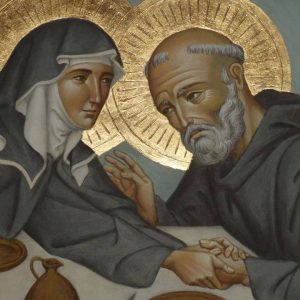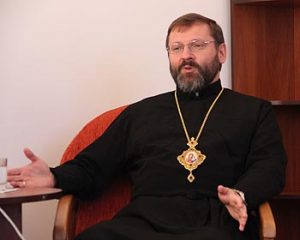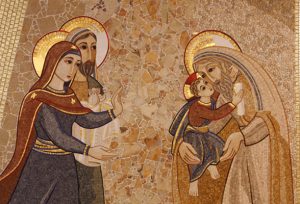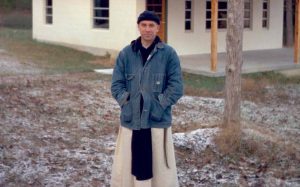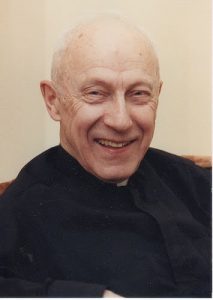As we move toward Lent and therefore to the Paschal Mysteries of Easter, we ought to reflect upon who God is (theologia) and not merely what God does (ecomomia). Both aspects of our spiritual life are important but acts can not be put before being. Our liturgical prayer, for example, first identifies who God is, and then shows us what He has done for us, and then we make His name known in the doxology.
We are members of a family of faith concerned with the covenant relationship (communio). When we consider who are as Christians we baptized in the name of the Holy Trinity and taught to observe what we have learned of Christ Jesus. In baptism we are created in priest, prophet and king according to the mind of the Lord. Study in the Creed, the Apostles’ Creed and the Nicene Creed –all in the light of the Gospel. The proclamation of the Gospel leads us to baptism (not the other way around) and then the Christian manner of living. This is a history that reveals the Mystery.
We are the new Jerusalem (Revelation 21), a constant theme in our faith and how we live this faith.
